Nike’s recent cost-saving measures are impacting its iconic Converse brand. In an effort to save $2 billion, Nike is tightening product supply, restructuring management, and cutting jobs.
This initiative, announced in December, aims to address slow consumer spending and a pressured wholesale market. As part of these measures, Converse will also be reducing its workforce, mirroring the steps taken by its parent company.
Background on Nike’s Strategy
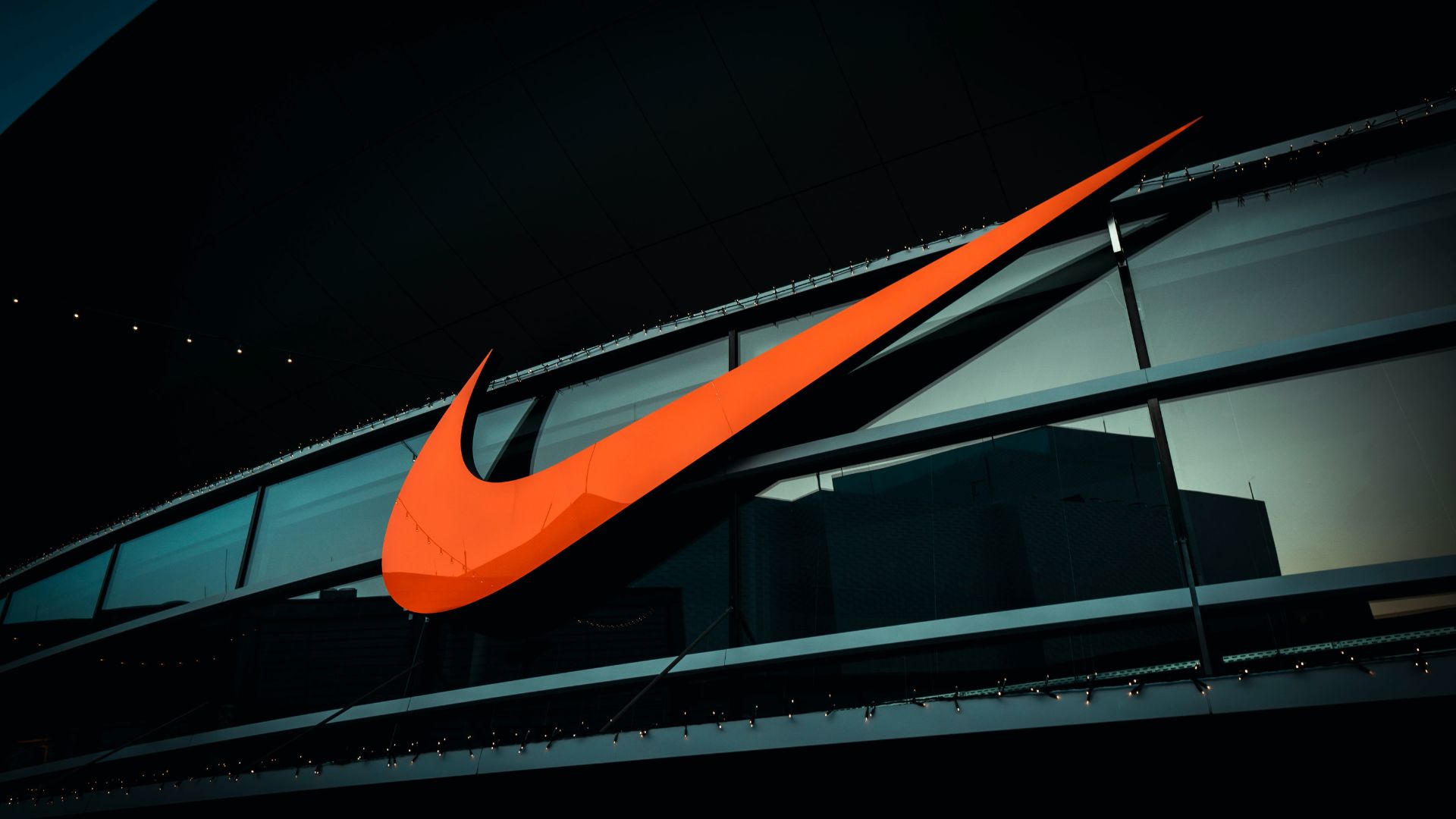
In December, Nike unveiled a three-year plan to reduce costs and streamline operations. The plan includes workforce reductions, increased automation, and a tightening of product supply.
CFO Matt Friend explained the need for these measures, stating, “We know in an environment like this, when the consumer is under pressure and the promotional activity is higher, it’s newness and innovation which causes the consumer to act.”
Impact on Converse
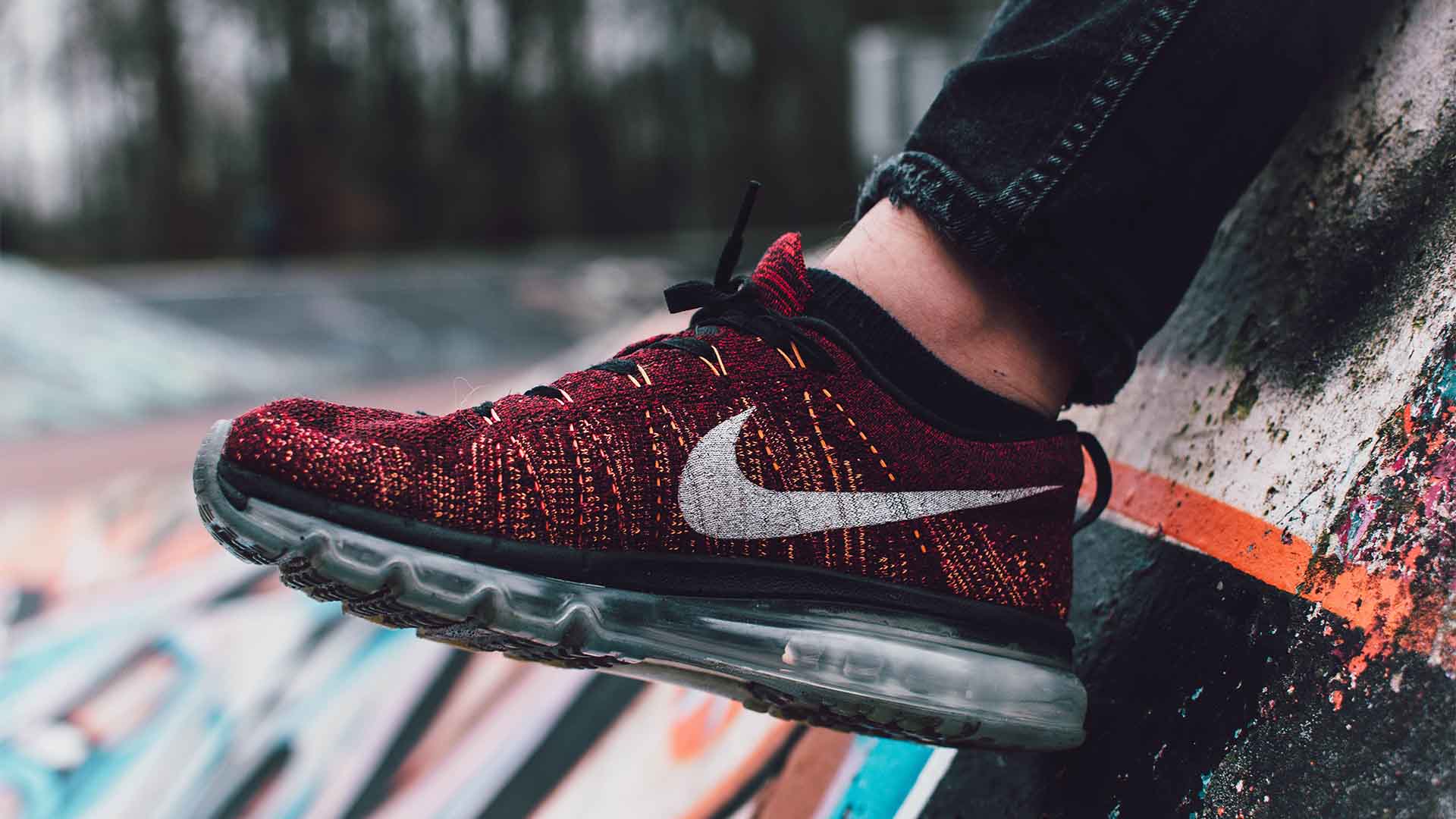
Converse, though operating independently from Nike, has not escaped the impact of these cost-saving measures.
Converse’s revenue has lagged nearly 20% to $495 million in the third quarter, contributing to Nike’s overall financial challenges. The brand’s late adoption of trends appealing to younger generations has also played a role in its struggles.
Job Cuts at Converse

Converse is laying off employees as part of Nike’s broader strategy to save $2 billion. As originally reported by Bloomberg (per Reuters), an internal memo revealed that Converse would cut 2% of its workforce, similar to the reductions seen at Nike.
This move aims to realign teams and optimize operations in support of future growth opportunities, according to a statement by Converse to Fortune.
Nike’s Layoff Details

In April, Nike announced it would lay off 740 employees at its world headquarters in Oregon as part of its restructuring plan. This follows a February announcement where Nike planned to reduce its global workforce by 2%, impacting over 1,600 jobs.
These layoffs are part of the broader strategy to streamline operations and cut costs amid slow consumer spending.
Consumer Spending Slowdown
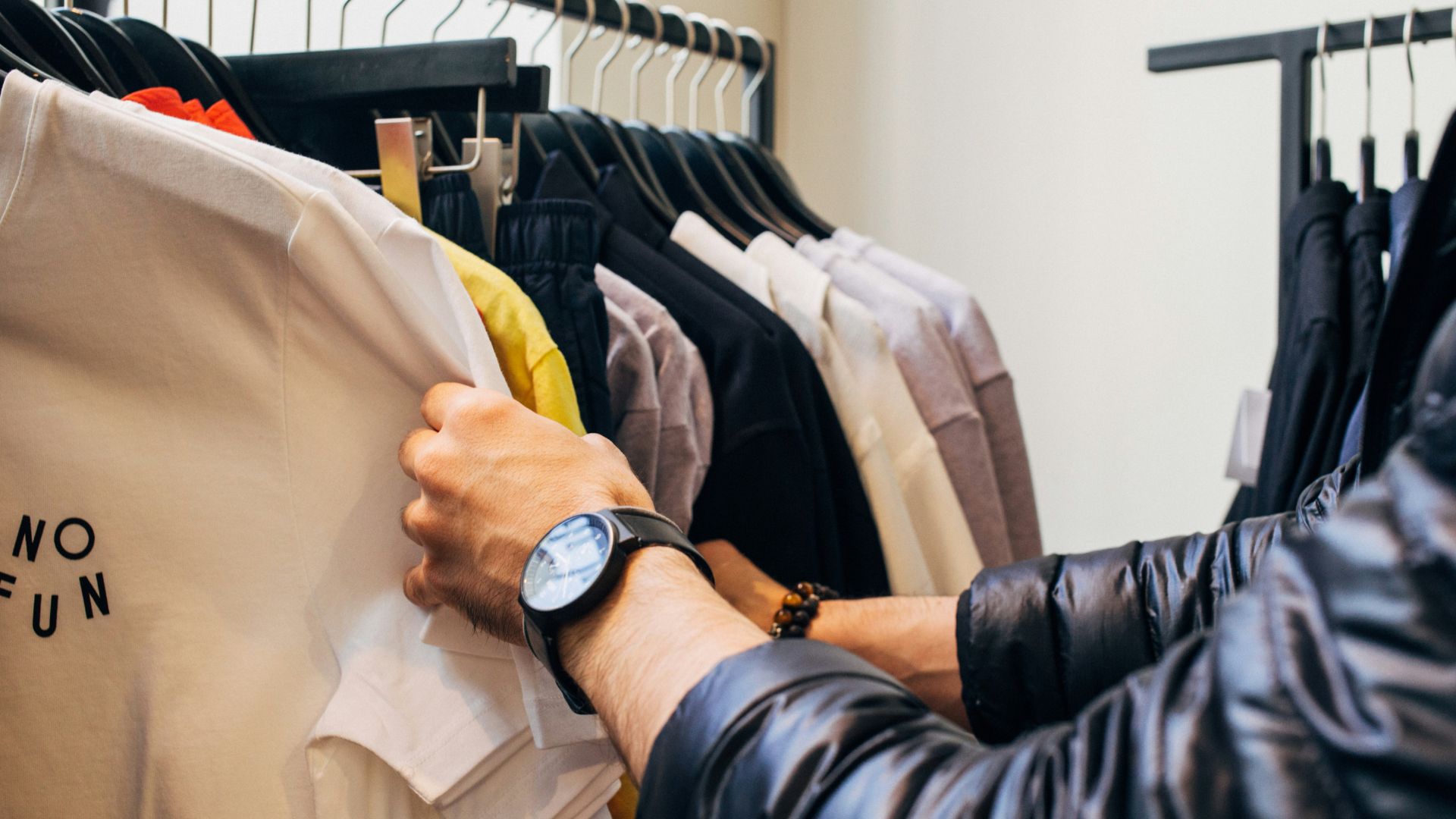
Friend, cited a slowdown in consumer spending as a key reason for the cost-saving measures. “We are seeing indications of more cautious consumer behavior around the world,” he told analysts in December.
This cautious behavior, combined with increased competition, has pressured Nike to adapt its strategies to maintain profitability.
Competitive Market Pressures
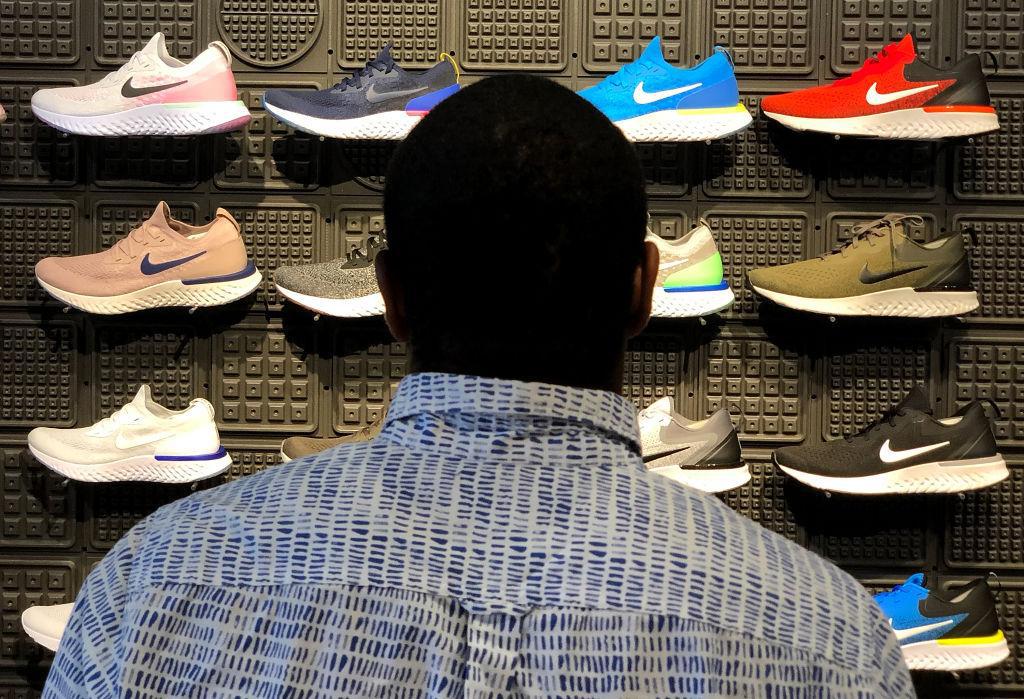
Brands like On and Hoka have gained popularity among casual runners, challenging Nike’s dominance. On reported a 29% sales increase, while Hoka saw a 21.9% rise in the first quarter.
These brands have successfully appealed to the growing crowd of casual runners, which has dented part of Nike’s market share.
Adidas’ Market Gains
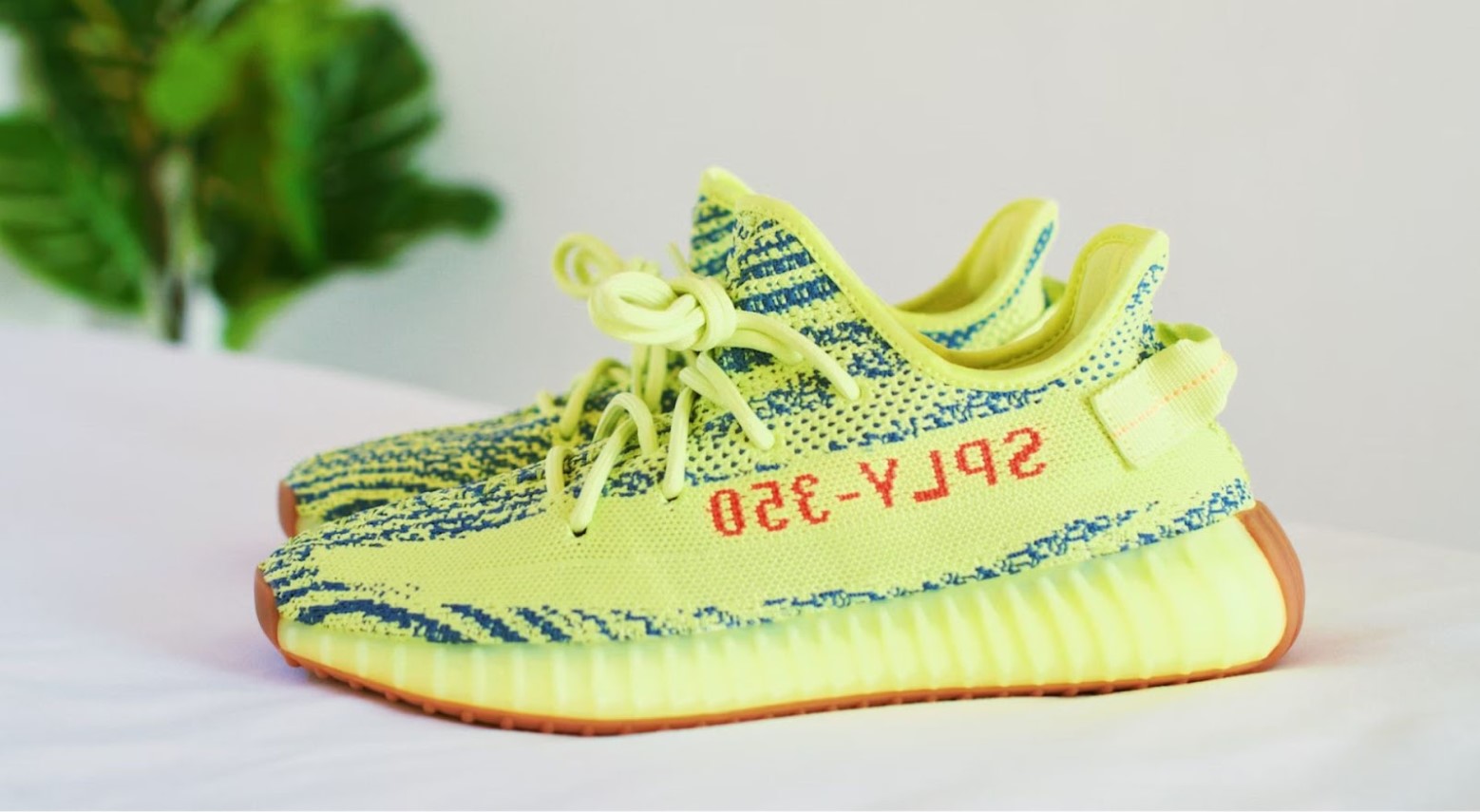
Adidas has also made significant strides with its nostalgic models, like the Samba and Gazelle. The German brand’s strategic marketing of these classic shoes has contributed to a 14% sales increase in Europe.
This shift in consumer preference has impacted Nike’s once-reliable models like the Air Force 1 and Air Jordan 1.
Direct-to-Consumer Strategy Challenges
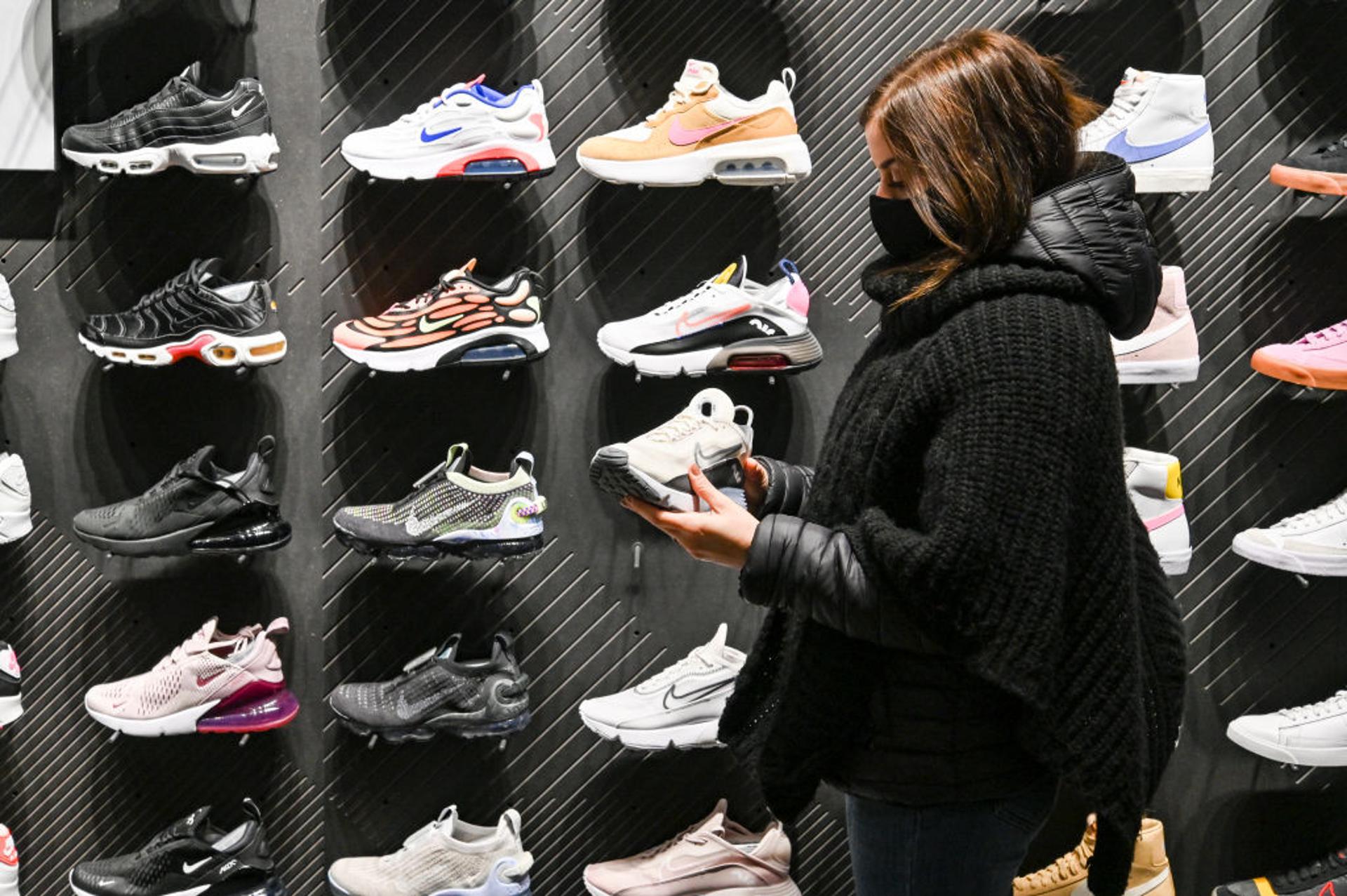
Nike’s direct-to-consumer (DTC) strategy initially succeeded, generating $18.7 billion in 2022. However, by February 2024, digital sales began to stagnate, declining by 3%.
This prompted Nike to renew its focus on wholesale partnerships, responding to increased interest from retailers like Dick’s Sporting Goods, which saw record-breaking sales in the fourth quarter.
Excitement and Options
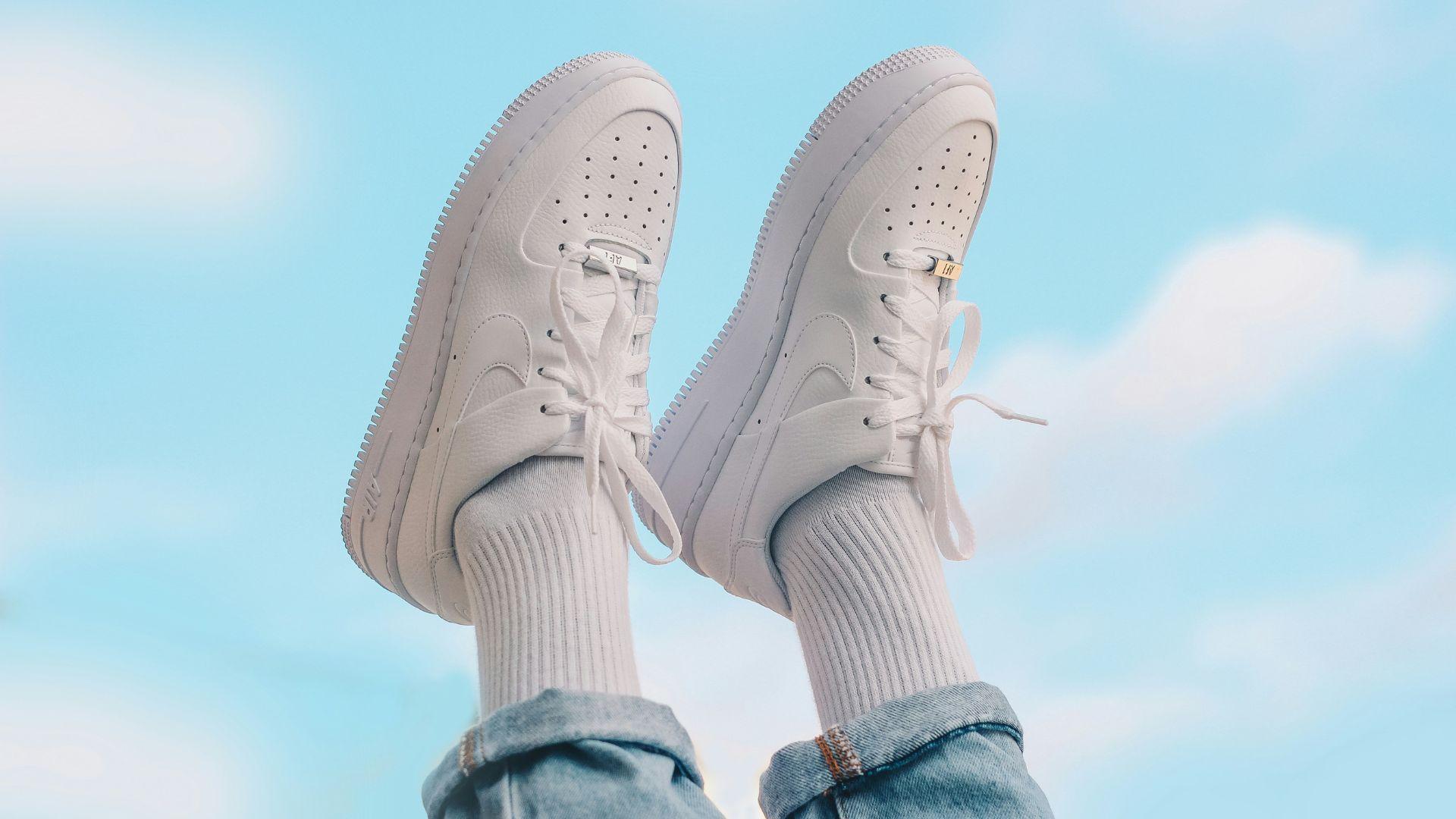
Jessica Ramírez, a senior research analyst, noted that both Nike and Converse need to inject excitement into their product lines to capture consumer interest.
“There’s just an endless amount of options for the consumer today,” Ramírez told Fortune. “That’s really what has dented part of Nike … They need excitement.” This highlights the importance of innovation in maintaining market leadership.
Nike’s Response to Competition
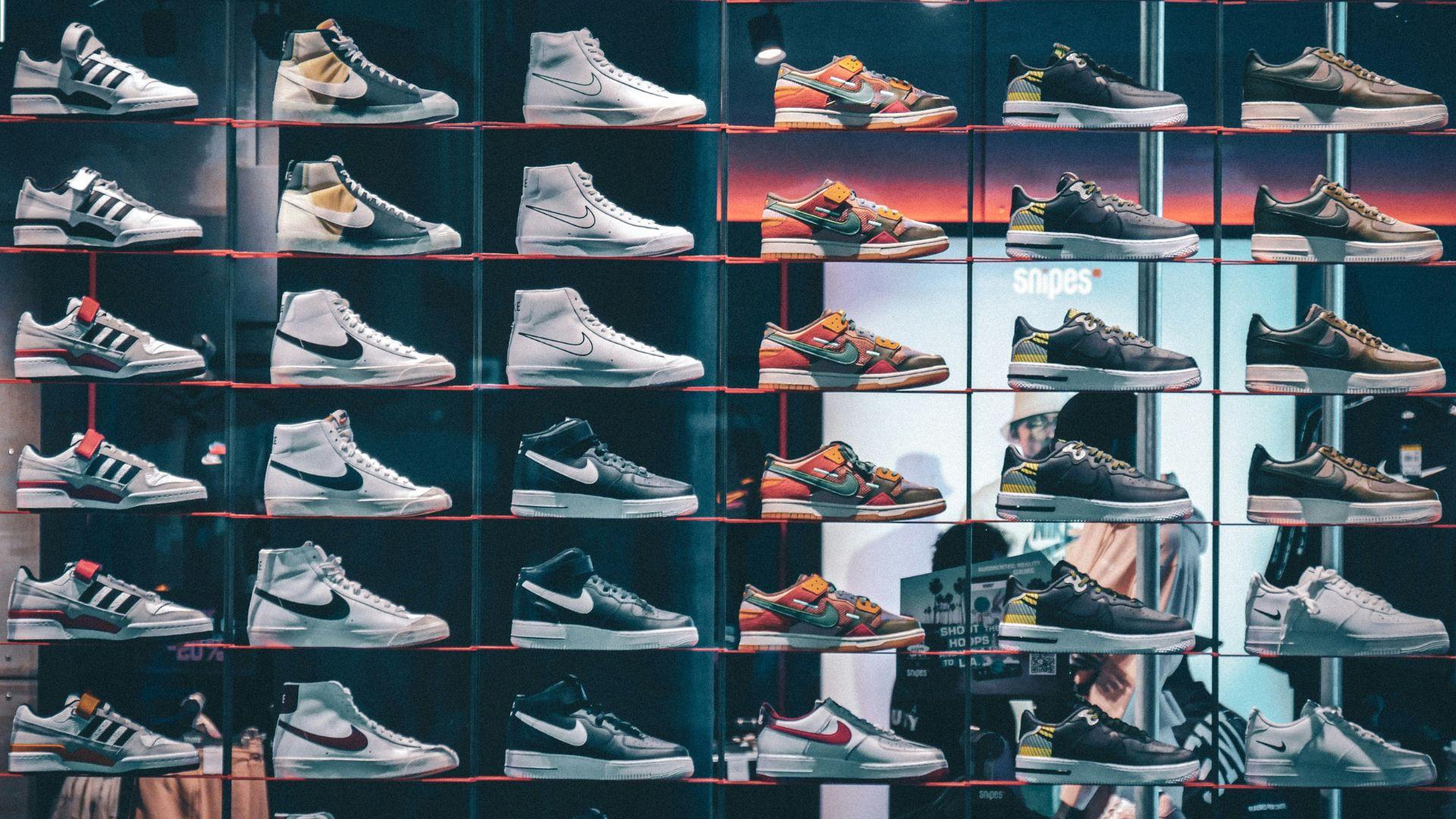
In response to growing competition, Nike introduced a new Pegasus running shoe and scaled back its Air Force designs. These efforts aim to reinvigorate the brand and differentiate it in the crowded market.
The emphasis on new and exciting products is crucial for Nike to regain its competitive edge and appeal to diverse consumer preferences.
Future Outlook for Converse and Nike
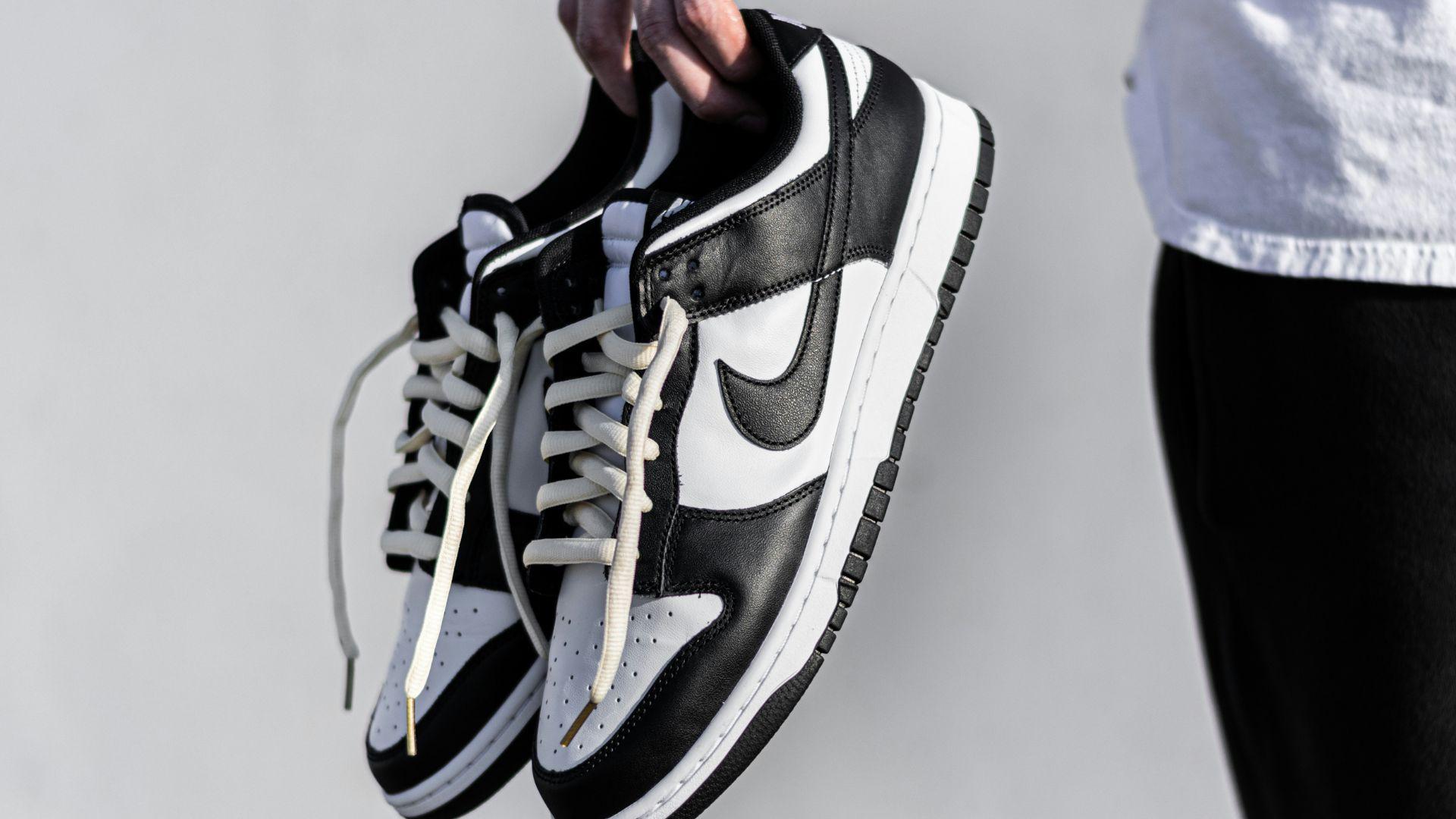
Despite current challenges, Nike remains a leading brand with a market capitalization of $137.5 billion. With strategic adjustments and a focus on innovation, both Nike and Converse aim to regain their footing in the market.
Ramírez emphasized, “Nike is still a premium brand, is still going to be that juggernaut,” but it needs to stand out in an increasingly competitive field.
